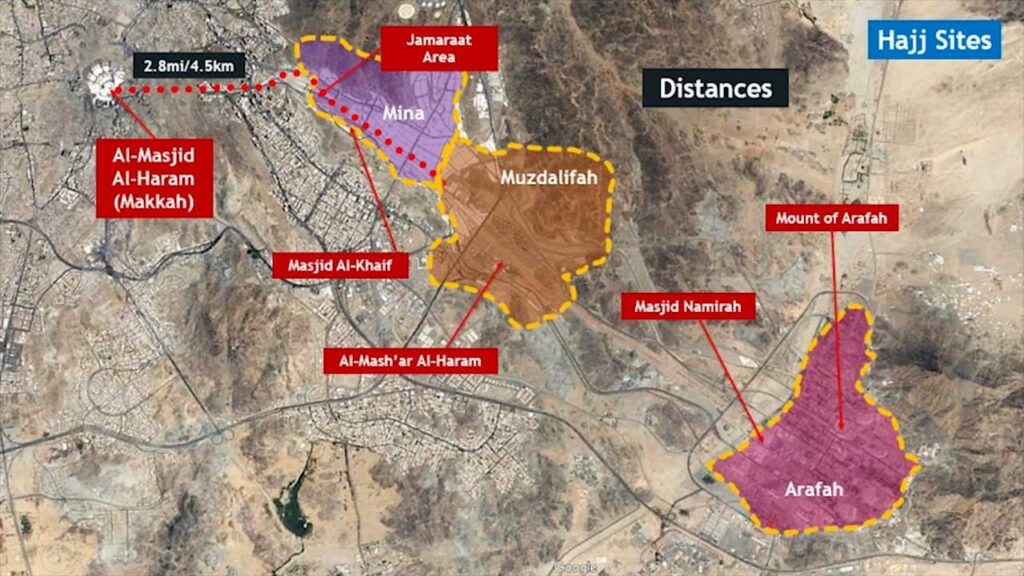Hajj Guide
The greatest journey on Earth
Hajj Overview
Hajj is the fifth pillar of Islam, obligatory for any Muslims with the means to perform it; other than being an obligation it is one of the greatest blessings to be invited to perform the pilgrimage.
What is Hajj
Hajj is the annual Islamic pilgrimage that is performed in Makkah, a sacred city in Saudi Arabia. This pilgrimage is an essential religious duty for Muslims, and every adult Muslim should perform Hajj at least once in their lifetime if they have the ability, physically and economically.
Anyone who proceeds with this spiritual journey purifies their body, heart, soul and mind from their past sins.
Source: https://thepilgrim.co

